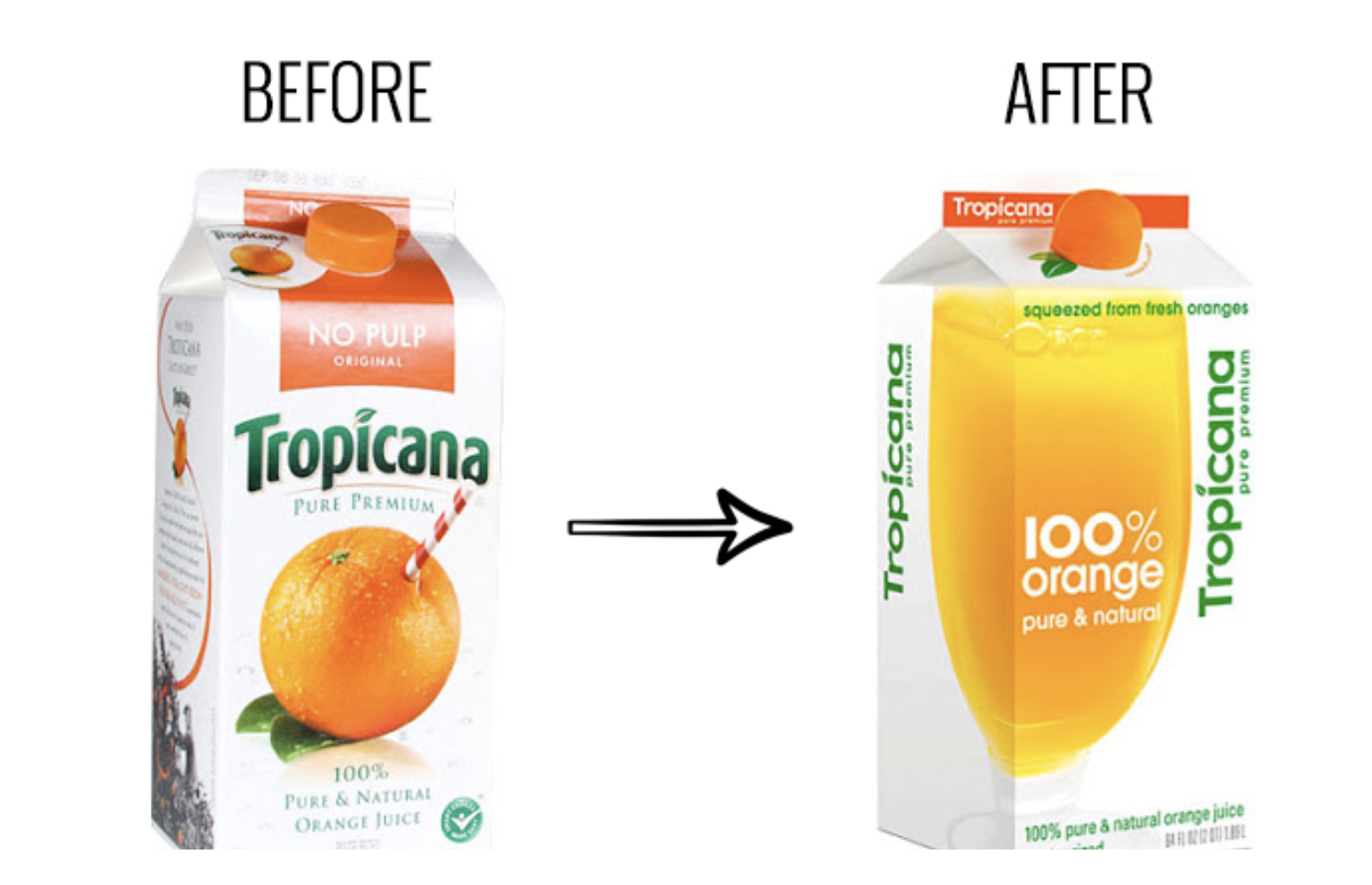You can’t judge a book by its cover…but everybody does. The same applies to packaging. You may have a killer product. But, if the packaging doesn’t shine, customers just won’t buy it.
Packaging research addresses this dynamic head on. It makes different packaging ideas compete head-to-head, giving you objective benchmarks to measure how compelling each design truly is. You’ll know if it’s worth switching out existing packaging and, more importantly, if the new design helps give you a leg up on the competition.
Why Perform Packaging Research
The data on how quickly consumers make purchase decisions is sobering. According to Nielsen, the average customer spends just 13 seconds purchasing a brand in store. That drops to 10 seconds for online products. This means brands have just seconds to make a great first impression.
Your packaging is that first impression. The way it looks on shelf against the rest of the competitive pack is the difference between getting noticed and getting passed by.
In fact, the wrong package can result in serious losses to even established brands.
Let’s use Tropicana orange juice’s package re-design to show what happens when re-designs go wrong. As The Branding Journal explains, the company launched new packaging in 2009. After losing significant market share to competitors, they switched back to their original design.
Visual changes applied to the logo, imagery, and claims resulted in loyal customers not recognizing their much-loved product. And, in some cases, customers thought the product changed.

This is why packaging research is so important. You may think you know which package will stand out. Or maybe your CEO is certain they know which design is the best. Who is right? Maybe no one. Research lets you answer that question objectively, using responses from actual consumers to make critical business decisions.
The Package Optimization Research Process
We’re going to make a (perhaps incorrect) assumption that you understand your customer base and your competitive market. As a result, you’re going into the package design development process with information to inform designs that could resonate with your customers. This leaves you in a position to ask, “Which of these creative directions should I launch?”
There are two distinct steps we suggest you take. The first offers reads on a particular package itself. The second lets you see how specific packaging performs within a more realistic context.
Getting The Initial Upfront Read
Your team is likely starting out with 10 or so different directions all together. You need something that will let you quickly weed out the good from the bad. This “something” is usually a fairly straightforward online survey to collect high-level information about each package design.
Research participants will be shown each package, and asked the same series of 7-8 questions about it. The typical dimensions that almost always make the cut are…
- • Purchase Interest
- • Relevance To The Respondent
- • Ease Of Understanding
- • Uniqueness
- • Alignment With Brand
- • Trustworthiness
By capturing these inputs for each and every package, we immediately see if any designs under-perform in any key area. Additionally, by aggregating the results together, we produce a performance score for each design. This allows for a simple best-to-worst ranking.
When you complete this process, you’re not left guessing which of the designs are the duds. Instead, you have clear numbers to help remove at least half of the package designs from the consideration set.
Seeing Packaging Perform In A Real Setting
Now that you whittled down the designs to the top two or three, it’s time to home in on the creative you will launch. At this point, we have a few different approaches we use to support that final selection.
On-Shelf Simulations
One of our most common go-to options for package creative testing is on-shelf simulations. This aims to replicate the offline experience of going to a store, seeing many different brands at different price points, and selecting just one option.
By seeing how customers choose products in dense retail environments, you’ll determine if your new packaging really lets you stand out.
Conjoint Studies
Do you need to know if your new packaging, along with pricing and features, gets customers to buy you over the competition? If so, a conjoint study may be the way to go.
With this type of study, you can see how impactful certain attributes, like your packaging, are to a purchase decision. Additionally, you’ll see if packaging helps overcome price sensitivity so you can raise your price points. Also, this type of work lets you see if your packaging is strong enough to help you beat out well known brands.
Eye Tracking Studies
Do you want to know what really captures peoples’ attention? If so, consider an eye tracking study. This type of study has respondents look at packaging on their home computer or phone. Via a webcam, we track and measure their gaze.
The end result is a heat map showing exactly where peoples’ eyes go. When done across packaging, you’ll see if certain packages really make a brand name stand out. Or, perhaps you’ll see that no one really looks at the brand anymore. In essence, eye tracking lets you see if the elements you want to stand out really do stand out.
Timed Exposure Recall
If you need to get key messages across in short periods of time, we suggest timed exposure recall studies. In this approach, we show a package design for a short period of time. Perhaps 2-3 seconds. Afterwards, respondents are asked to write down everything they remember about the package.
By analyzing open ended feedback across respondents, we can identify if key images, messages, or other core elements “stick” in peoples’ minds. Additionally, we can look at responses across designs to see if one particular design is “stickier.”
Picking Your Packaging Test Approach
Which package optimization research approach is right for you? It depends.
You first need to formalize the goals for your packaging. Once you know your goals, you’ll be able to select the right approach. For instance…
- • If your goal is to stand out in a crowded environment, consider an on-shelf simulation.
- • If your goal is to overcome price sensitivity or improve consideration when you’re a lesser-known brand, a conjoint is the way to go.
- • If your goal is to make sure your packaging connotes certain ideas, consider a timed exposure recall study.
- • If your goal is to see if important packaging elements are getting seen, pick an eye tracking study.
As you can see, there’s no right or wrong approach. Rather, your business and strategic goals should guide your packaging research selection.





